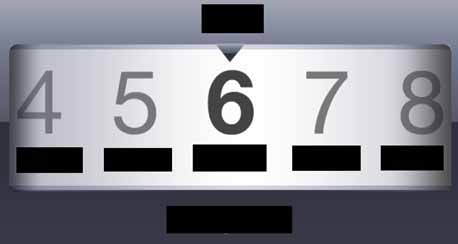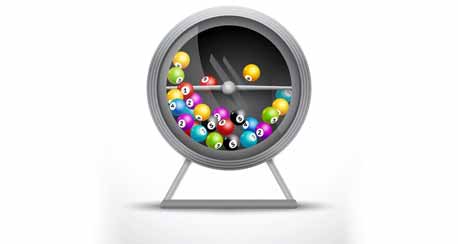Choosing either a random number generator or a random number generator to conduct an experiment or a simulation, will have different ramifications for the experiment or simulation.
Pseudorandom Generators (PRNGs)
PRNGs are more commonly used in experimentation: they are algorithms that generate batches of numbers that share key properties with actual random numbers. They are in common use largely because they can be easily built-in and implemented quickly by computer programs. A sequence developed by a PRNG can also be replicated if one knows the seed. PRNGs often produce nonrandom strings with periods long enough so that most if not all conceivable and necessary (by current standards) experiments would need a mere fraction of those contained in the period.

Analysts can also use strings with far shorter periods that still exceed what they would need to simulate a system. For example, an efficiency consultant might model retail operations, by designing a system that, for example, anticipates an average of 100 unique customers a day during the course of a week, using a nonrandom string with a period of 1.0 x 1010. The numbers leading up to the 1.0 x 1010 number in the sequence will appear random.
The major advantage of using PRNGs is the cost of implementing the algorithm: the basic mathematical formula of the algorithm can be translated into relatively simple bits of code in C or any of a number of programming languages. Other advantages include the speed and the ability to replicate results if necessary, by simply re-entering the seed and the algorithm.
Random Number Generators (RNGs)
RNGs by contrast are applications that provide users with random numbers based on an unpredictable physical process. Such processes can include microscopic or macroscopic phenomena: examples include radioactivity and dice rolling, respectively. The unpredictability of these phenomena are thoroughly tested beforehand to establish randomness.
RNGs require special hardware to capture the phenomenon that will then be translated into numbers. There are security concerns when using RNGs for cryptography, because the phenomenon and the translation both can be manipulated; for the analyst, it is important to know that each phenomenon is subject to different externalities, which can interfere with planned simulations if not properly accounted for.
RNGs are also slower because of the application-phenomenon interface. In addition, experiment results are more difficult to replicate. If an analyst wanted to recreate a retail operation simulation using the sequence generated from an RNG, he or she would have to re-enter the precise sequence of numbers as it was recorded to re-run the simulation, rather than an algorithm.
RNGs can capture two types of occurrences: chaotic behavior and quantum phenomena. Chaotic behavior is deterministic and includes those occurrences in which miniature changes result in massive changes. By contrast, quantum phenomena are those atomic and subatomic occurrences, which are widely believed to be truly random, as no pattern has been established. However, there remains debate over whether quantum phenomena are truly random, or whether we are simply yet incapable of determining a pattern.

As previously stated, the major advantages of PRNGs are the low cost and rapid speed of the generator. Major disadvantages are the inability of many commonly used PRNGs to meet the statistical tests for randomness, such as being unbiased. The major advantages of RNGs are the randomness of the numbers generated, as well as the security features afforded cryptographers. Disadvantages include cost (in dollars and server resources) of the hardware/software package needed to capture and translate natural phenomena, as well as the relative difficulty of replicating results.
